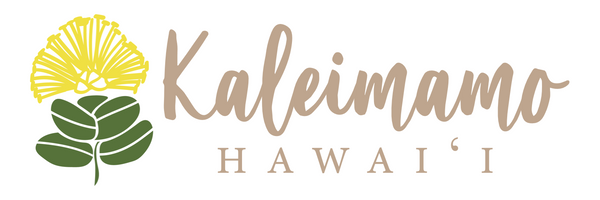Pūpū

The gorgeously feminine leho (cowry) with its beautifully plump and round decorated top, and its toothed slit on the bottom side pretty much screams out sexy. Hawaiʻi boasts 35 species of leho, nine of which are endemic, including many species belonging to the genera Cypraea and Lyncia. The most famous use of this shell by our kūpuna was in lūheʻe (octopus lures). The male pōhaku (stone) and the female leho, locked in a lover's embrace, dance via the skilled hand of the lawaiʻa (fisherman) to seduce the heʻe (octopus), which becomes so aroused that it must "honi" (kiss) the shell, and when it does, the fisherman yanks firmly upward, lodging the kākala (hook) into the heʻe. Prized lūheʻe were often named for an ancestor in a family and handed down between generations.


Also featured in this design is one of our favorite cone shell species, Conus textile. Pūpū ʻalā is a generic term for cone shells, but a Hawaiian name for this particular species is unknown. Yellowish brown with undulating chocolate lines, this shell also has clusters of small white triangular shapes that look like families of puʻu (hills). These shells are predatory carnivores with a harpoon-like structure capable of delivering a venomous sting that can be dangerous and, in some cases, fatal to humans. Many people in Hawaiʻi have special love for puka shells, which are the broken off spires (tops) of cone shells that usually have a puka (hole) worn in them or drilled in by a hungry heʻe.


This print and its description were created and written by Kealopiko. Check out all of their products at kealopiko.com
